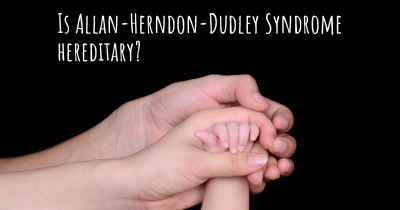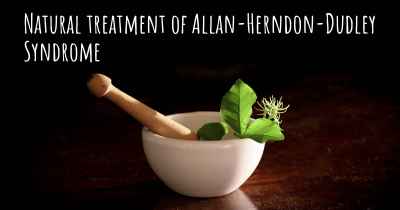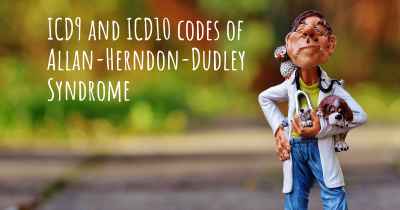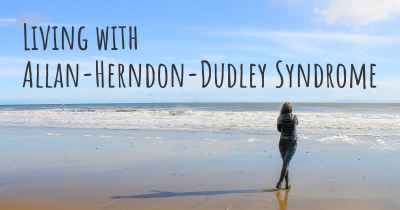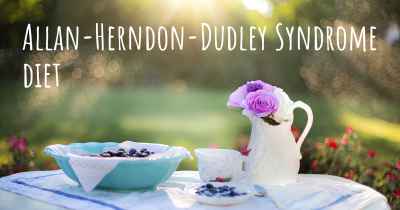Is it advisable to do exercise when affected by Allan-Herndon-Dudley Syndrome? Which activities would you suggest and how intense should they be?
See if it is advisable for people with Allan-Herndon-Dudley Syndrome to practice sports and which ones are the most recommended if you have Allan-Herndon-Dudley Syndrome
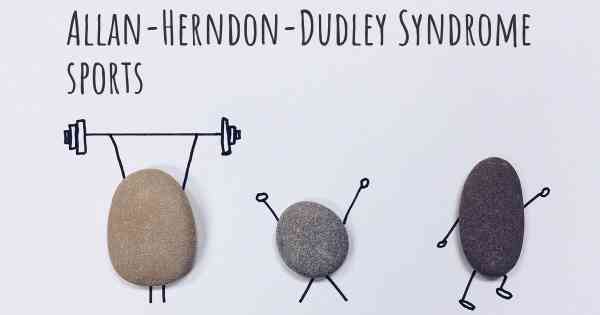
Allan-Herndon-Dudley Syndrome (AHDS) is a rare genetic disorder that affects the development of the brain and muscles. It is characterized by severe intellectual disability and muscle weakness. Given the nature of this syndrome, it is important to approach exercise with caution and seek guidance from healthcare professionals.
While exercise can have numerous benefits for overall health and well-being, individuals with AHDS may have specific limitations and considerations. The severity of symptoms can vary among individuals, so it is crucial to tailor exercise recommendations to each person's abilities and needs.
Low-impact exercises that focus on maintaining flexibility, strength, and cardiovascular health are generally recommended for individuals with AHDS. These exercises can help improve muscle tone, joint mobility, and overall physical fitness without putting excessive strain on the body.
1. Stretching: Gentle stretching exercises can help maintain flexibility and prevent muscle tightness. Focus on major muscle groups, such as the legs, arms, and back. Stretching should be done slowly and without force, avoiding any discomfort or pain.
2. Range of motion exercises: These exercises aim to maintain joint mobility and prevent stiffness. They involve moving each joint through its full range of motion, such as bending and straightening the arms and legs. These exercises should also be performed gently and without force.
3. Water-based activities: Swimming or water aerobics can be beneficial for individuals with AHDS. The buoyancy of water reduces the impact on joints and provides resistance for muscle strengthening. It is important to ensure proper supervision and safety precautions during water-based activities.
4. Cycling: Using a stationary bike or a recumbent bike can be a low-impact cardiovascular exercise option. It helps improve cardiovascular fitness and leg muscle strength without putting excessive strain on the joints.
5. Assistive devices: Depending on the individual's level of muscle weakness and mobility, assistive devices such as braces, splints, or walkers may be recommended to support safe and effective exercise.
It is crucial to emphasize that the intensity and duration of exercise should be determined on an individual basis. Healthcare professionals, such as physical therapists or exercise specialists, can provide personalized exercise plans and guidance based on the individual's abilities and limitations.
Regular monitoring and communication with healthcare professionals are essential to ensure exercise is safe and beneficial for individuals with AHDS. They can assess any changes in symptoms, provide modifications to exercise routines, and address any concerns or complications that may arise.
Remember, exercise should always be approached with caution and under professional guidance when dealing with a rare condition like Allan-Herndon-Dudley Syndrome. Prioritizing safety, individualization, and regular communication with healthcare professionals will help ensure the best possible outcomes.
Posted Mar 26, 2017 by Veronica 1300


